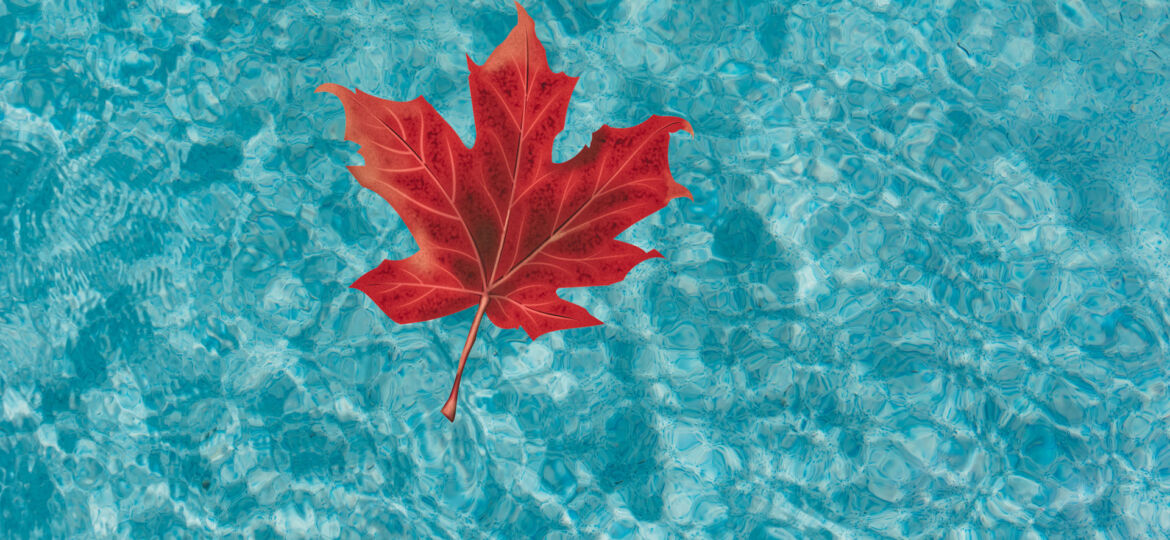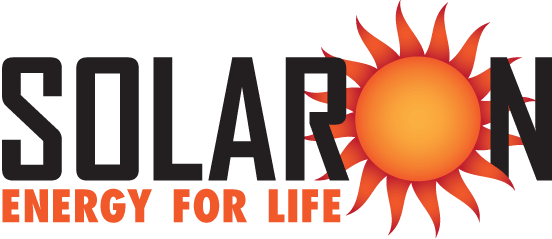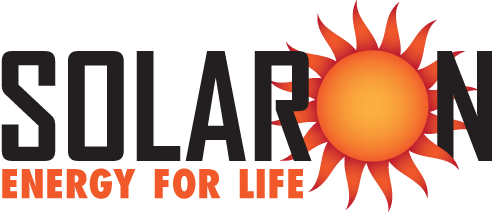
Fall will eventually approach in Sacramento and the Bay Area, many pool owners extend their swimming season with a Heliocol solar pool heater. With Heliocol, you get some more laps in while your neighbors have no choice but to let their swimming pool hibernate. Here are some top tips for winterizing and maximizing your Heliocol solar pool heating system’s performance during the colder months.
Basic Steps for fall Use
Let’s start by reviewing some basic steps to use your Heliocol solar pool heating system during fall:
- Valve status: if your system has isolation valves, they should be open during use. Running the solar pool heating system with these valves closed can cause pump or plumbing damage.
- Drain the faucet: if your system includes a drain faucet on the roof or any plumbing heading to the panels, these should be closed to prevent leakage.
- Set Your System: position your solar control to automatic, and set the desired pool temperature. If your pool control system is computerized, enable the solar function.
- Pump duration: ensure your pump operates for at least five hours during the most sunlight-intensive part of the day, typically in the afternoon.
- Visual checks: at the start of each season, visually inspect your system for correct functioning and potential leaks. If you are unsure, consider Solaron’s Annual Maintenance program for professional support.
If you are not familiar with your system to determine if you have any of these options included, contact Solaron and we’ll be happy to help you determine if your system needs attention.
Winterizing Your System
Now, let’s discuss how to winterize your system:
- Turn off the System: start by turning off your solar system. If your system self-drains, this is your only required step.
- Drainage and isolation: for systems that do not drain by themselves, close the isolation valves and open any roof drain faucets. This prevents water accumulation that could damage your system by freezing.
- Adjust run time: consider reducing your pool’s run time for winter hours, especially if you choose to opt-out of using the extra months of swimming that your system provides.
Many of these procedures can easily fit into a yearly routine, but some people do not have time to follow it. Thankfully, Solaron offers a yearly start-up and winterizing program to simplify your pool maintenance duties.
Maximizing Your System’s Winter Performance
Lastly, consider these strategies for maximizing your system’s winter performance:
- Use a pool cover: covering your pool at night can significantly minimize heat loss, providing a higher starting temperature for the next day.
Increase run time: if you have good sun exposure, consider extending your pump’s run time to 8 or 10 hours daily during the beginning and end of the swim season. - Suction supply: Take at least 50% of your suction supply from the bottom of the pool. This can maximize the heat absorption of your solar pool heating system.
- Adjust return flow: Direct the return flow downward if your pool’s return lines have adjustable “eyeballs” to even out the heating.
- Minimize water features: In colder weather, try to minimize the use of water features like waterfalls or fountains that cool the water.
In many avenues of life, it’s a good idea to prepare for changes in climate. By following these guidelines, you can optimize your Heliocol solar pool heating system’s performance – even during colder months – and enjoy your swimming pool to its full potential. If you have any questions about your solar pool heating system’s effectiveness or any of the suggestions mentioned in this post, our helpful technicians at Solaron are ready to assist you by phone or in person. You can also schedule an appointment using our online form. Solaron is ready to help you get your Heliocol system prepared for colder temperatures, so you can continue using it for years to come!

